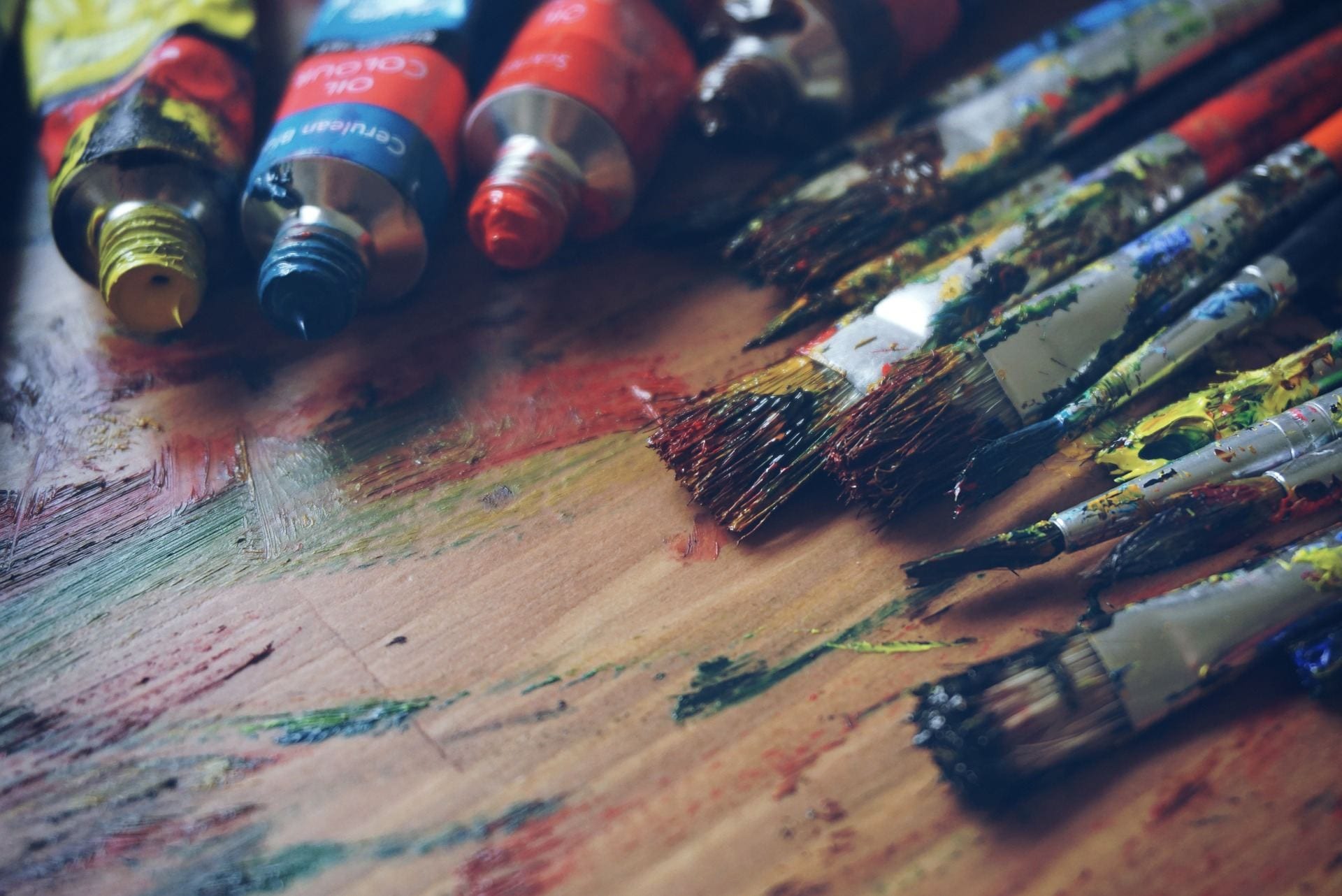STEAM
Kathleen Crapson
As culture evolves, there has been a wave of contention for the arts that swells against the thought that the arts are vital to humanity as a whole, and in our modern age, to the workforce. With job specialization segmenting careers into necessary knowledge, there seems to be a division between the “STEM majors” and the “creatives.” And that’s where STEAM comes into play. STEAM, or “science, technology, engineering, arts and mathematics,” is the newest iteration of STEM. With the inclusion of the arts, it gives recognition to the intersection of the arts into various other fields.
With the advancement of STEAM, more schools are integrating it into their curriculum. Critics fear that the “arts” are a mere distraction, while proponents are enthused by the possibility of a new “hands-on” curriculum.
Throughout my life, as someone who enjoyed my humanities courses more than my STEM courses, I can understand the hesitation if someone were to burst into my English class and demand that we start creating “word problems” for math, and abandon our creative writing narrative. Those who are accustomed to STEM have a similar mindset. However, STEAM is not a drastic change to the modern division of courses. STEAM is merely acknowledging that life itself is three-dimensional, and that specialization leads to rigid boundaries.
As a graphic designer by trade, my career lies at the intersection of arts and technology. While many argue that my career is essentially art with a new media, the technological aspects change everything about my job. On top of knowing two dimensional artistic principles by heart, I now have to interpret crash report diagnostics and software intricacies. Understanding technology will ultimately make me a stronger, more experienced designer.
While some might be narrow-minded, and prefer to stick to their specialized careers, the spirit of the arts is in the ingenuity of embracing creativity and innovation. So while it may make sense not to break the repetition of the scientific method, the world definitely needs more transformative thinking.
STEM
Alexander Martinie
Don’t get me wrong the arts are very important, but not everyone needs to study them. As a STEM major, I don’t feel the need for taking arts and humanities classes that have no connection to my major, when I could spend more time trying to figure out the processes that affect the evolution of animals overtime or crying from the stress of chemistry, you know important parts of being a STEM major. Not everyone is hard-wired for studying the arts and that is okay.
I became a STEM major because I love science, but I didn’t realize that the university thinks that arts are such a major component of STEM. In one of my classes this semester, the discussion if STEM should include the arts, and while some arguments for it make sense, but only in specific cases. It was brought up several times that medical drawings are important, and to me, they aren’t really that important. I don’t know the last time I looked a diagram in one of my textbooks that showed an artist’s rendering on a concept. With advancements in screening and imaging software, drawings of concepts are becoming seemingly obsolete. As Kathleen mentioned, the arts interact with various fields, but so do STEM fields. If you really want to have an acronym that includes all of the connection that STEM has, then that name would be longer than the titin protein.
Even when I brought up the idea for an article on if the arts belong in STEM at The Current’s weekly contributing writers meetings several of my colleagues may or may not have wanted to fight me on this. But, again, the arts are very important, but students shouldn’t be forced to study them if they don’t want to.


